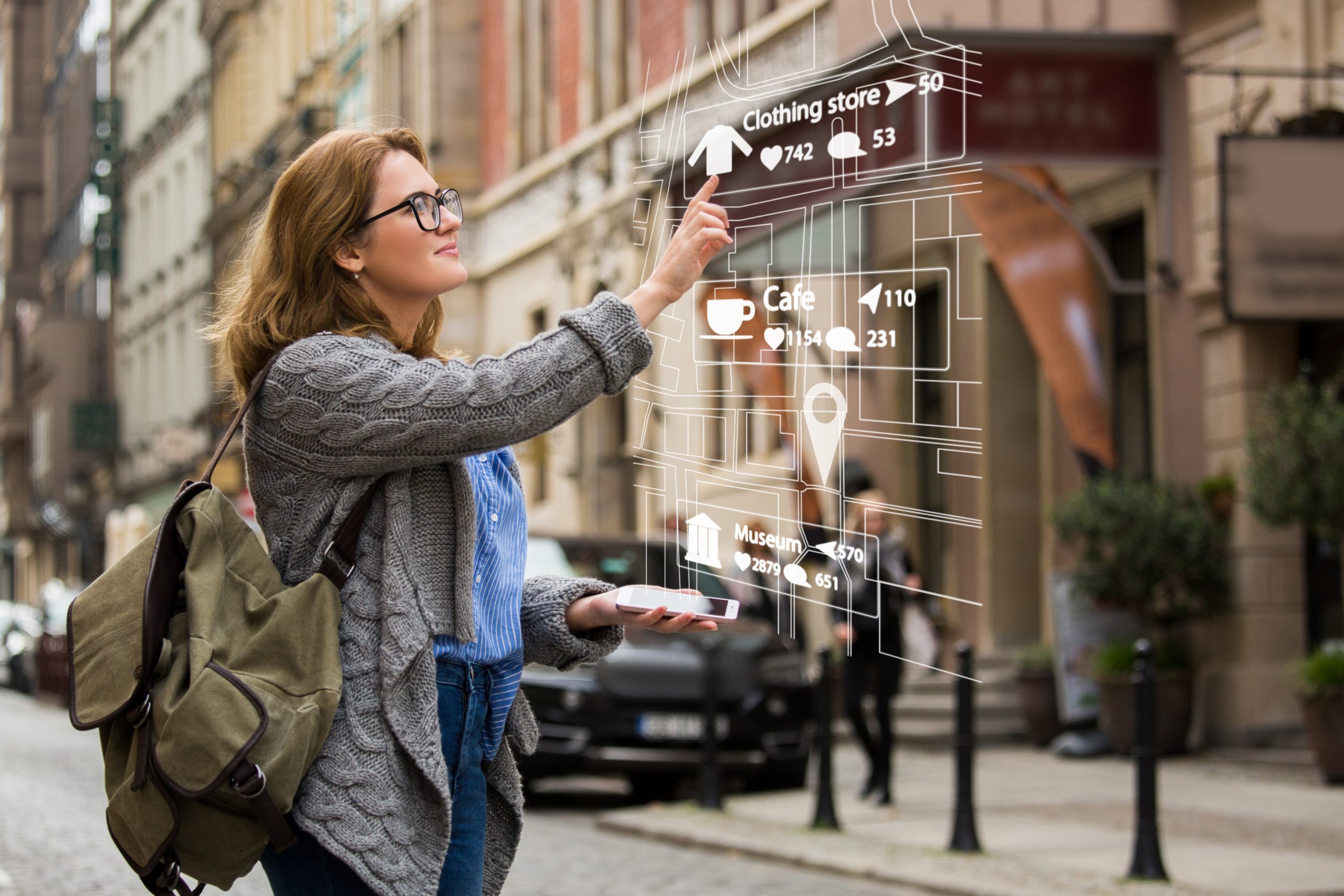
Mad Max – Analysis 2021
Everything is media, AR is part of our everyday life and no one trusts anybody with their data.
Total privacy is a nice idea, but to what price? In this scenario our personal data is deleted from the internet and we are completely anonymous online. This however means that all marketing has become mass-media marketing, and nothing is personalised. This also means that barely any ads are relevant and that we are constantly exposed to irrelevant and sometimes annoying marketing. One solution in our scenario is a “personal space”-subscription that limits the amount of advertising we are exposed to, like an advanced version of an ad-blocker.
AR has also become mainstream through a lens in your eyes. Imagine getting ads popping up in front of your eyes when you walk down the street.
What we have seen in our society so far:
The death of cookies – Like we wrote in our latest articles about the death of cookies (part 1 background, part 2 analysis), data is in some ways becoming more secure and less public, which is expected to limit the amount of targeted advertising we are exposed to. Perhaps we are moving towards a scenario where we are exposed to irrelevant ads and content to a greater extent. However, we believe that rather than large amounts of irrelevant content, advertising will move towards relevant but “privacy safe” contexts within so called “walled gardens”.
AR will reach us soon (for real this time):
When it comes to AR, the technology has definitely grown this past year, with virtual dressing rooms and AR product viewing (read our post about shopvertising to get some examples) becoming more and more common. It is an industry expected to grow rapidly in the next four years across multiple functions and industries.
As for AR-vision, Google, Microsoft, Facebook and Apple are currently sprinting towards smart glasses, with new glasses from both Apple and Facebook expected to be released in 2021-2022. These products might be the “Tesla” for the smart glass market, meaning they will make them stylish, hip, semi-affordable and eventually mainstream. It’s important to remember that Google launched Google glass already back in 2013, so the technology has already existed for over a decade. With this in mind, an AR eye-lens and in-eye marketing in 2030 doesn’t seem that far away.
Interactive news and media:
We have also already seen a lot of trends pointing towards more interactive news and media coverage in both traditional and digital media where the audience, “regular people”, are invited to comment on and discuss recent events live through forums, chats and video. How far is the step from this to having a live chat with your news anchor through your eye-sensor? We do not know, but we are eager to find out how far we have come in 2030.

